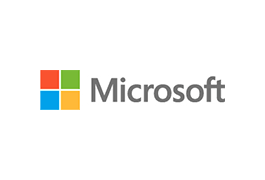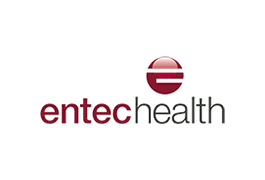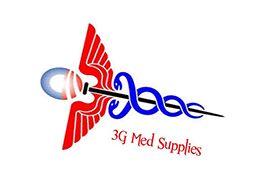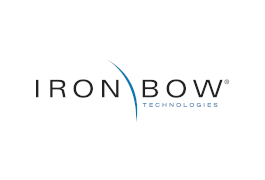23 February, 2015
By Mark Nixon, MB ChB

Multi-disciplinary team members should be able to expediently access wound assessments from widespread locations, supporting fast intervention.
Rural or isolated patients with wounds are obstructed from the specialist care they need by distance, difficult topography, transportation limitations and budget constraints. Time is of the essence; for instance, patients whose diabetic wound fails to reduce by half over the first four weeks of treatment are unlikely to achieve wound healing over a reasonable period, leading to costly and distressing consequences.
In-home wound care is already widespread, constituting around 14 percent of home health services. This typically involves visits by nurses and/or non-specialist caregivers.
Wound care is well suited to telehealth. The use of wound telemedicine in home health has been expanding for the last decade, with positive clinical results, widespread acceptance, and reduced costs. For instance, in one telehealth wound care study (Binder et al, 2007) , there was a reduction of 46 percent in transportation costs.
However, with greater distance between the patient and the caregiving facility, it is vital that a wound telehealth program provides trustworthy information during cumulative assessments. During an assessment, each practitioner – often without specialized knowledge of wounds – inspects, measures, images, and documents each of the patient’s wounds. Traditional and two-dimensional measurement techniques provide information of questionable accuracy, featuring digital images of inconsistent quality, and not necessarily conforming with documentation standards. Over time, many practitioners make many assessments under these conditions, thus accumulating a generally unreliable body of information.
So what does wound telehealth best practice involve? Here are some guidelines to ensure any wound telehealth program under consideration delivers accurate, consistent information:
- Wound specialists should be at the center of the wound assessment system. An effective telehealth program can extend their reach, minimizing time wastage and unnecessary travel, and offering a more convenient service to patients;
- Because non-specialists usually gather wound information at the point of care, program supervisors at headquarters not only need wound appearance and dimensions; they should also be able to validate how that information was obtained, and be able to critique, and if necessary change the assessment interpretation, in a compliant, auditable fashion;
- Assessment time should not be hampered by manual file uploads or double-entry of wound data;
- Multi-disciplinary team members should be able to expediently access wound assessments from widespread locations, supporting fast intervention;
- The telehealth system should be integrated with the EMR, synchronizing across a secure internet connection;
- Procedural and legal risk mitigation should be built into the system;
- The information should build up an accurate record of the wound’s healing trend over time, showing immediately if the wound has worsened or failed to improve. The patient should be able to see these trends to help motivate them to make healing-friendly choices.
Wound telehealth promises to transform wound care, and home healthcare. However, the pitfalls of traditional wound assessment should be avoided to ensure the wound telehealth program is accurate, reliable and efficient.
Editor’s Note: This blog originally appeared on the TechSource website.






